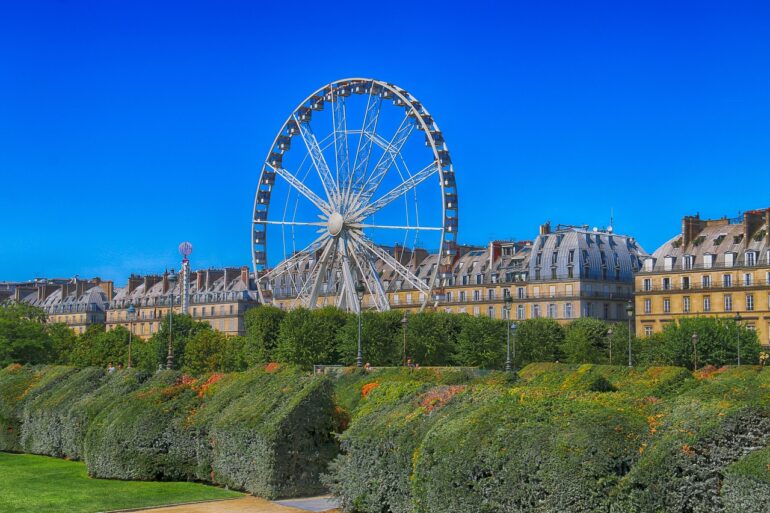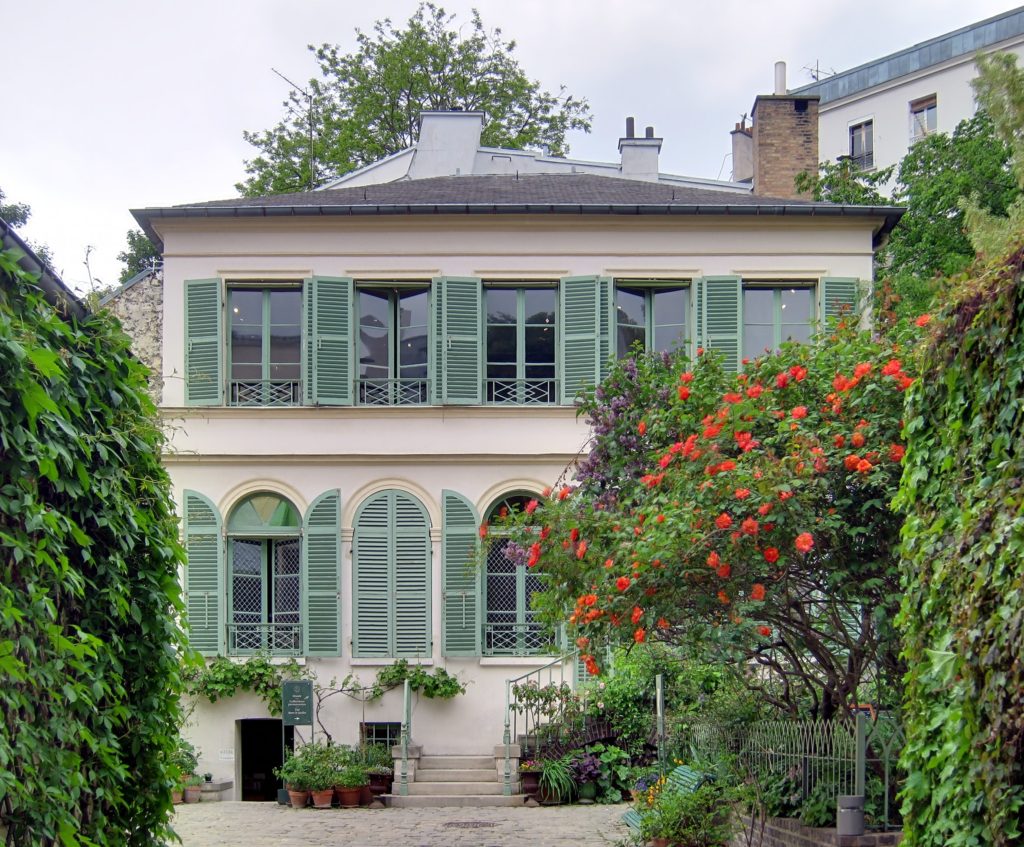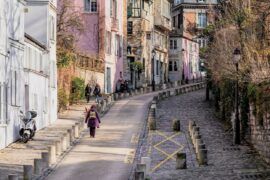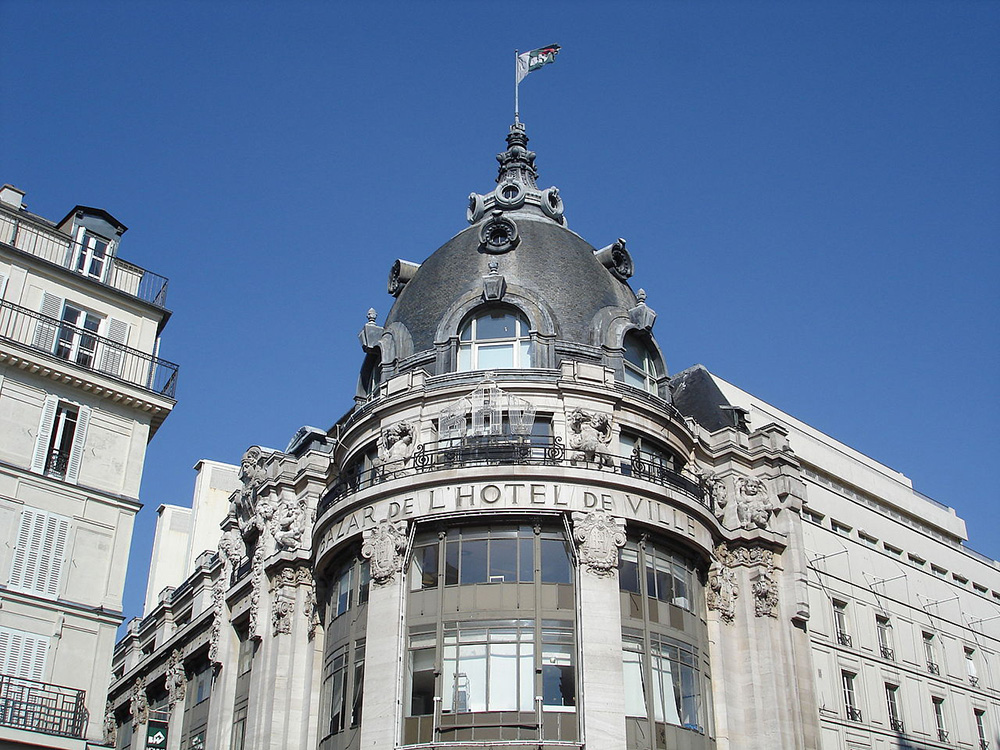After the death of her spouse Henry II, Catherine de Medici decided to have a new palace built. She chose untouched ground that had previously been occupied by Les Tuileres, directly opposite The Louvre. Later on, the ‘Grand Dessein’ was conceived nearby by Henry IV. This was all done in order to link the galleries of the Tuileries Palace to the Louvre Palace.
The good king Henry built this along the side of the Seine River. However, the project was only completed during the second empire, with the construction in 1870 of a wing that run along the Rue de Tivoli. The two palaces formed a majestic partnership. This was only to last for one year as in 1871, a fire destroyed the Tuileries Palace, and it was demolished completely in 1883.
The gardens remain open today, from the area surrounding the Arc de Triomphe, and it provides a superb perspective that leads all the way along to La Défense. In the 17th Century, the Italian gardens of Catherine de Medici made way for a French garden. Colbert, who had orchestrated this transformation, was convinced by his friend (the writer Charles Perrault) to make the Tuileries the leading public gardens in the capital – he achieved this goal. In the 19th Century, the garden and its walking routes attracted visitors that included Charles Baudelaire, Edouard Manet and Marcel Proust – they all found inspiration here. It has an abundance of statues, and it is constantly enriched by more contemporary works of art.
Image source : http://tuileriesfutur.blogspot.fr/
Location of the attractions
in the 1st arrondissement of Paris
| Title | Category | Address | Description | Link |
|---|





